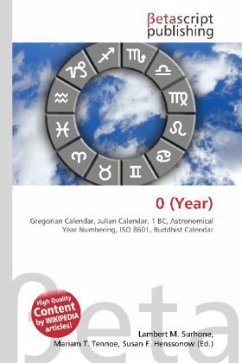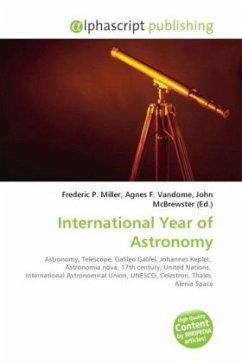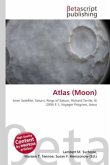High Quality Content by WIKIPEDIA articles! A year (from Old English r) is the orbital period of the Earth moving around the Sun. For an observer on Earth, this corresponds to the period it takes the Sun to complete one course throughout the zodiac along the ecliptic. In astronomy, the Julian year is a unit of time, defined as 365.25 days of 86,400 SI seconds each. There is no universally accepted symbol for the year as a unit of time. The International System of Units does not propose one. A common abbreviation in international use is a (for Latin annus), in English also y or yr. Due the Earth's axial tilt, the course of a year sees the passing of the seasons, marked by changes in weather, and hours of daylight, and consequently vegetation and fertility. In temperate and subpolar regions, generally four seasons are recognized: spring, summer, autumn and winter, astronomically marked by the Sun reaching the points of equinox and solstice, although the climatic seasons lags behindtheir astronomical markers. In some tropical and subtropical regions it is more common to speak of the rainy (or wet, or monsoon) season versus the dry season.
Bitte wählen Sie Ihr Anliegen aus.
Rechnungen
Retourenschein anfordern
Bestellstatus
Storno








